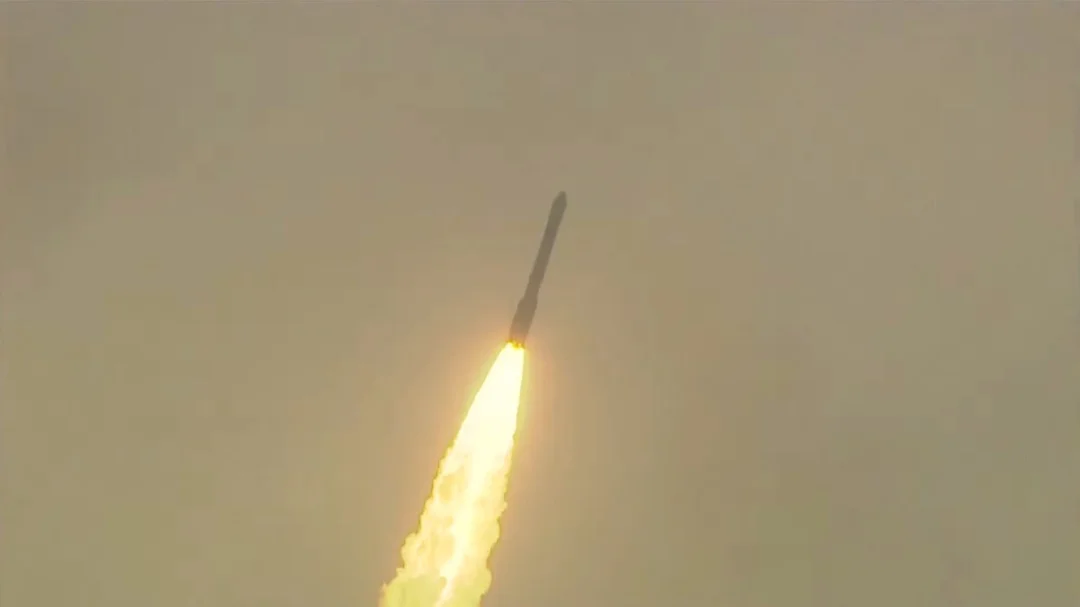
ISRO’s EOS-9 Mission Fails: Rocket Motor Malfunction Leads to Satellite Loss
A recent ISRO (Indian Space Research Organisation) mission to deploy the EOS-9 Earth observation satellite ended in failure due to a malfunction in the rocket's third stage. This marks a setback for India's space program, sparking investigation and highlighting the inherent risks of space launches. Let's delve into what happened and its potential consequences.
The 63rd flight of ISRO's workhorse PSLV (Polar Satellite Launch Vehicle), designated PSLV-C61, was intended to place the EOS-9 surveillance satellite into orbit. However, approximately 6.26 minutes into the flight, about 888 km downrange from Sriharikota over the Indian Ocean, the rocket experienced anomalies in its third stage.

According to ISRO Chairman V. Narayanan, the third stage motor started perfectly, but during its functioning, a "fall in the chamber pressure of the motor case" was observed, leading to the mission's failure. Experts suggest that hot gases may have entered sensitive areas of the rocket motor, potentially causing a rupture in the fiber casing. The debris of the rocket and the satellite now rests deep inside the Indian Ocean.
EOS-9, designed to provide continuous remote sensing data for various sectors, was equipped with a Synthetic Aperture Radar (SAR) capable of all-weather, day-and-night surveillance. Its applications ranged from agriculture and forestry monitoring to disaster management and national security. While EOS-9 is unavailable, India’s existing radar satellites and Cartosats continue to maintain vigil.
Former ISRO Chairman Dr. G Madhavan Nair expressed shock at the failure, given the PSLV's enviable record of 62 successive launches. He suggested a possible quality control lapse. Despite the setback, Dr. Nair also emphasized the critical importance of conducting a rigorous analysis to find the root cause.
This incident marks only the fourth failure in 63 PSLV launches, maintaining a 94% success rate demonstrating high reliability. Even with this impressive track record, failures can happen, highlighting the complexity and potential risks of space flight.
An 'failure analysis committee' is usually established. The current ISRO chairman, a rocket specialist, headed the committee that fixed the problem encountered in the lander of Chandrayaan-2. Former ISRO Chairman Dr S Somanath is confident the space agency will soon dissect the anomaly and chalk out a way forward.
What does this mean for ISRO? The agency is expected to conduct a thorough investigation to determine the cause of the malfunction. This involves examining the design, manufacturing process, and operational procedures of the third-stage motor.
ISRO is not deterred by the setback. Experts say ISRO has the tenacity to bounce back very quickly from yesterday's setback. There are at least six critical missions are lined up for the PSLV, including the first non-ISRO-manufactured PSLV rocket spearheaded by a consortium of L&T and Hindustan Aeronautics Limited (HAL). It could be impacted by some delays.
This failure serves as a reminder of the challenges inherent in space exploration and the importance of constant vigilance and improvement. What do you think ISRO needs to do to prevent similar failures in the future? Share your thoughts and opinions in the comments below.